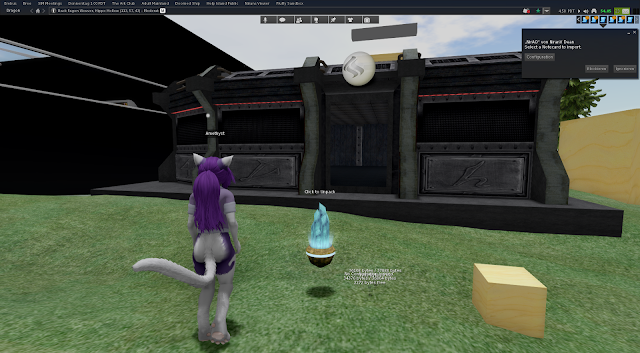
The animatronic design and effects (no doubt made more complicated by human beings and animals also in the scenes) are by the late, great Stan Winston, which all adds up to a very worthy romp and inclusion here.īased on a 1967 Russell Hoban novel for children, The Mouse And His Child is an animated adventure of father and son wind-up toys, attached at the hands and built to dance in circles. Highlights of the Joe Dante-directed film are when the soldiers arm themselves with whatever they can get their hands on, with everyday objects in the garage becoming warring weapons, and the Frankensteinesque scenes where Gwendy fashion dolls are mutilated and brought to life, all to a Jerry Goldsmith soundtrack, with a great use of War, and a Spice Girls track used as psychological torture. When the two leagues of action figures are imbued with critical thinking skills, the Commando Elite go A-Team on the Gorgonites, who prefer hiding to fighting. It also makes this film as much fun for adults as for the kids.

Unlike our hero soldiers above, half of the toys in Small Soldiers pose the biggest threat to their owners, when ordinary action figures are given X-1000 microprocessors, making them capable of thought and violence as The Commando Elite fight the peaceful monster Gorgonites and any humans who get in their way.ĭespite a raging war scene, this film may be one of the least frightening here, as the action is always infused with humour and the combination of live actors and animated toys lessens the threat to manageable proportions. Our favourite is the 1986 version because of its costume, creature and set designs by children’s book author and illustrator, Maurice Sendak, probably best known for Where The Wild Things Are.Īdditional to the familiar theme of animated soldiers, the production also employs the stroke of midnight to kick off the action, and even if you’re not a fan of ballet, each set looks like a scene that’s danced off the pages of a Sendak picture book.Ī very brief bit of narration by Julie Harris makes this version more accessible to the younger fans in the family. Since that time there have been numerous adaptations on the story of toys (again, mostly soldiers) coming to life to defend young Clara from an army of mice on Christmas Eve.ĭancers including Rudolf Nureyev and Mikhail Baryshnikov have performed the story of the Nutcracker. The nutcracker’s story, written by ETA Hoffman ( The Nutcracker And The Mouse King) in 1816, was adapted into a ballet with a score by Tchaikovsky and first danced in 1892. The story uses a motif we’ll see again, as the toys in the playroom come to life at the stroke of midnight. (As if simply frying wasn’t enough!)Īn alternate and happier ending features in Fantasia 2000, where the tin soldier defeats the evil, lecherous Jack-in-the-box and he and the ballerina live happily ever after. It’s quite a bleak, romantic ending for small children, and a 1934 Ub Iwerks cartoon short version even has the soldier facing a firing squad before burning in the flames. And the ballerina, made of paper, gets blown to his side and perishes with him, with only her metal spangle remaining.



In the original story, the soldier falls from a table and goes on adventures before returning to the playroom where he’s thrown by a young boy into a fire, melting into the shape of a heart. The Hans Christian Andersen fairy tale, first published in 1838, has been interpreted many times in films and a ballet and each handles what is a quite poignant ending a little differently.


 0 kommentar(er)
0 kommentar(er)
